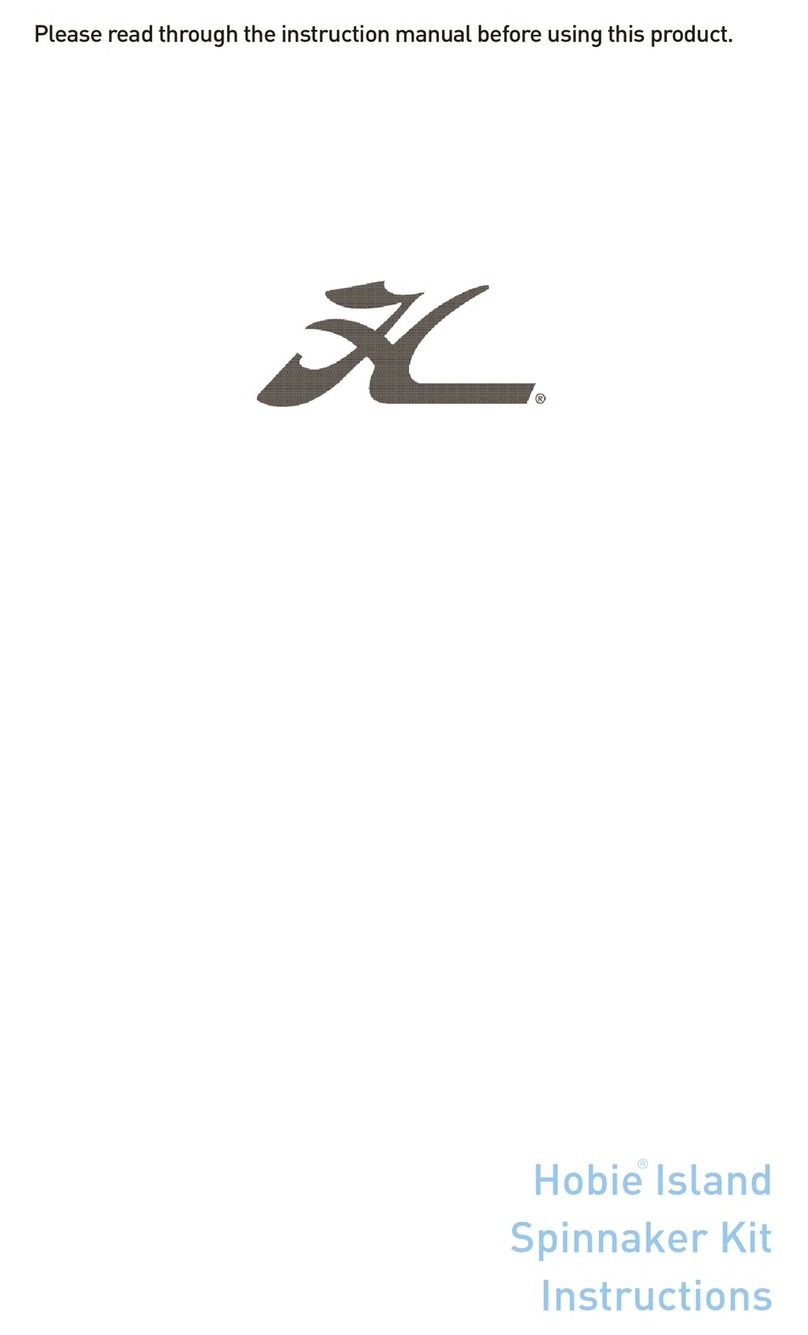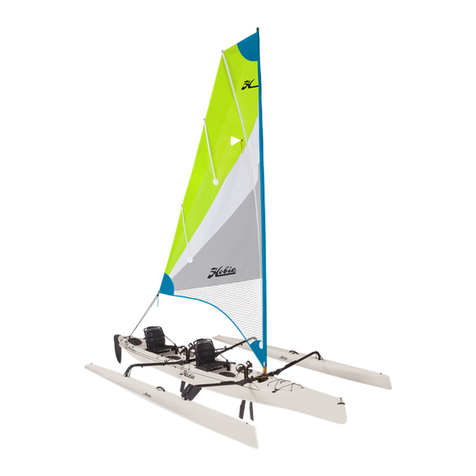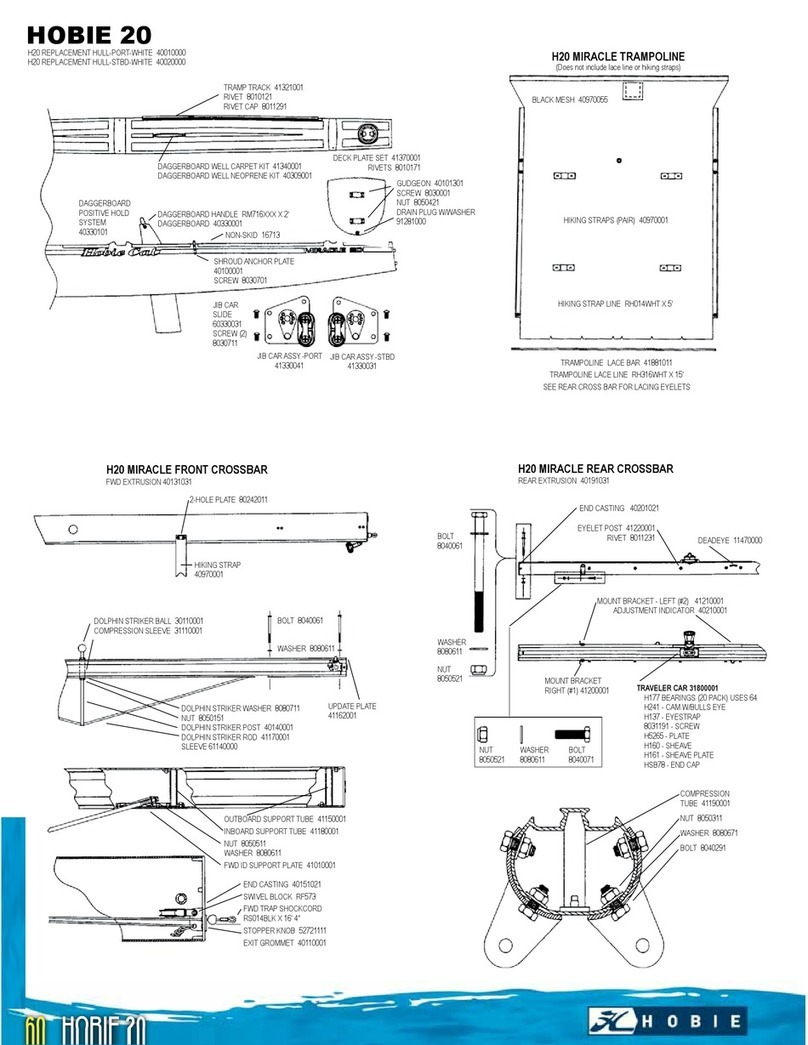Hobie MAX RACE User manual
Other Hobie Boat manuals
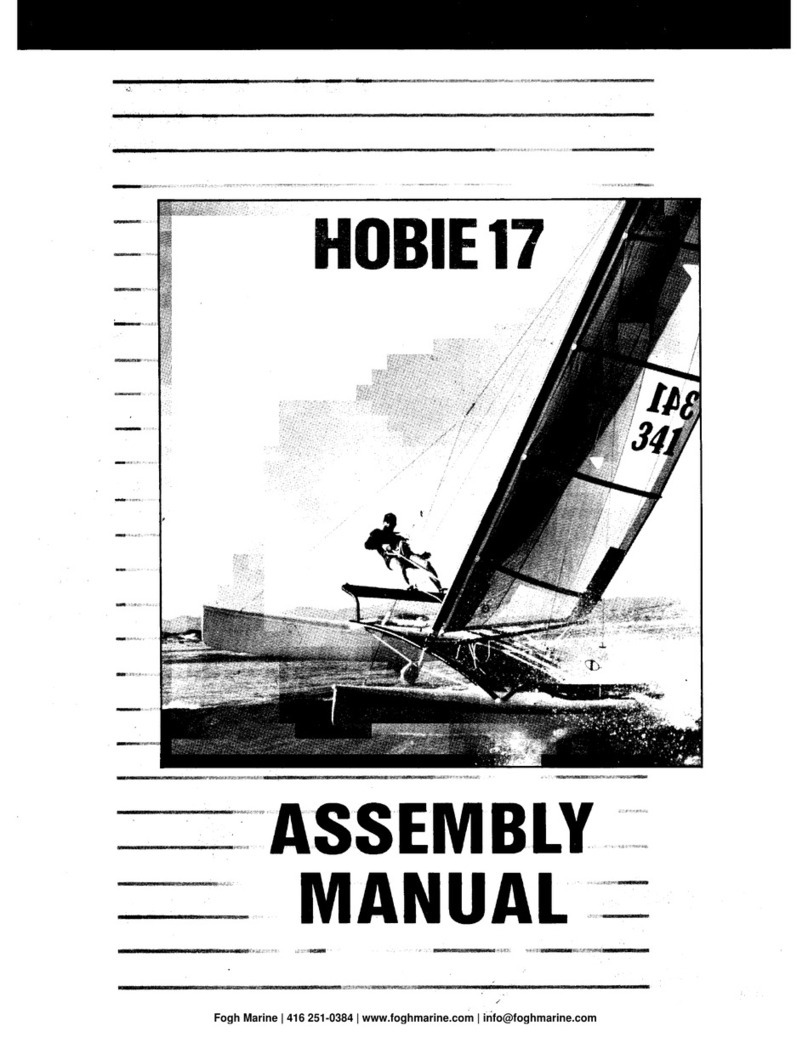
Hobie
Hobie 17 User manual
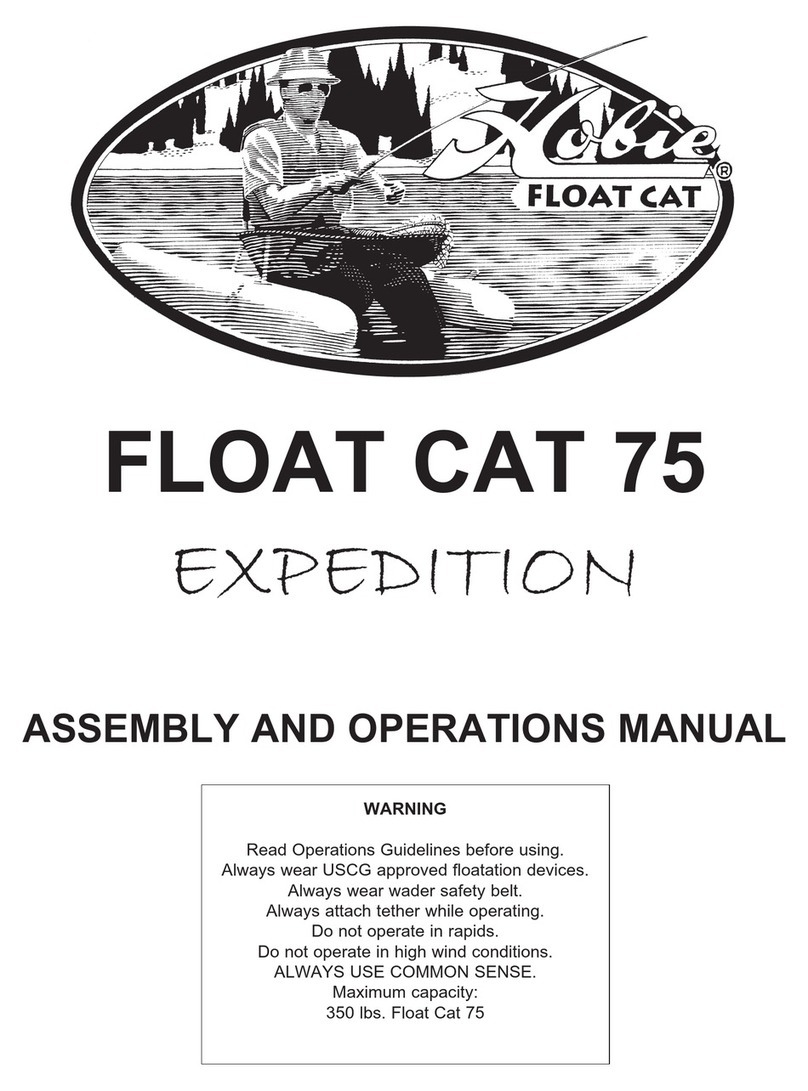
Hobie
Hobie Float Cat 75 Installation and operating instructions
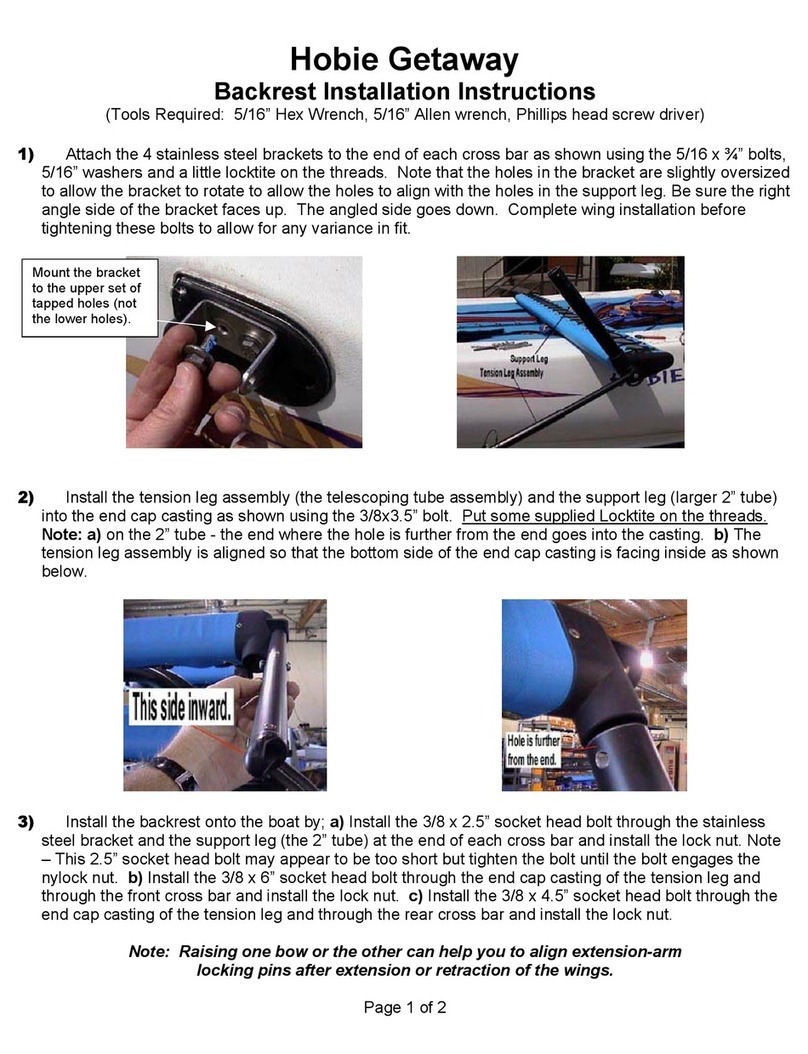
Hobie
Hobie Getaway User manual
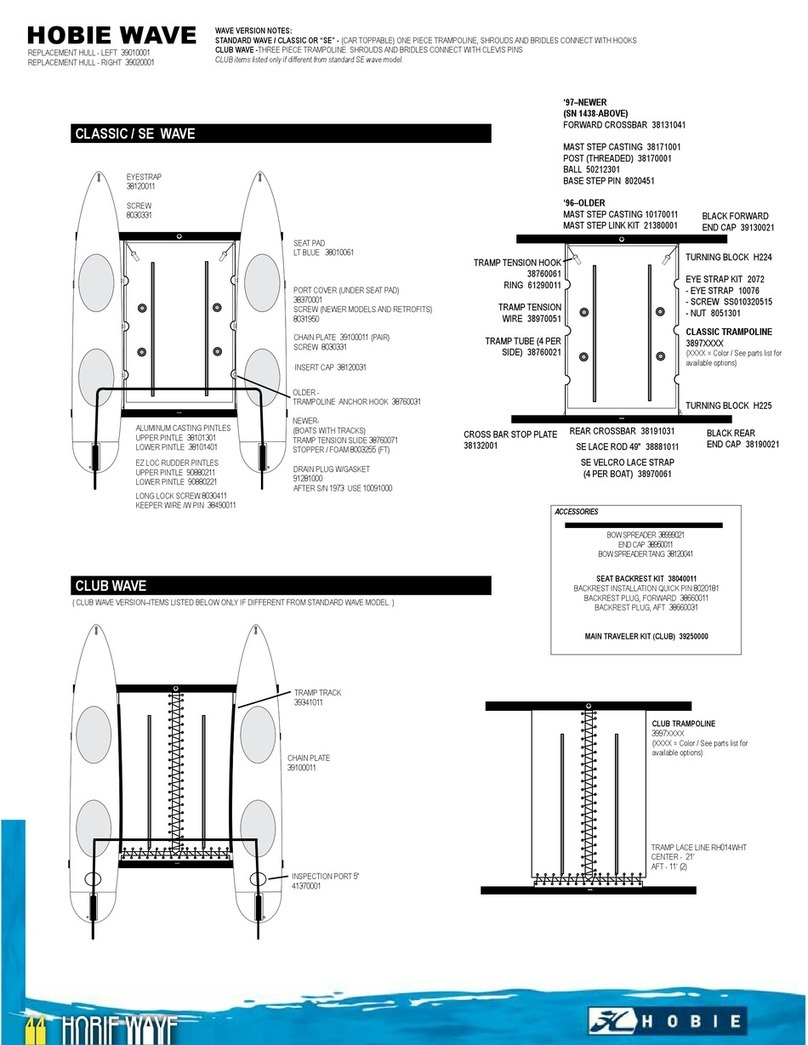
Hobie
Hobie Wave Manual

Hobie
Hobie Wave User manual

Hobie
Hobie 15 User manual

Hobie
Hobie Mirage Kayak User manual
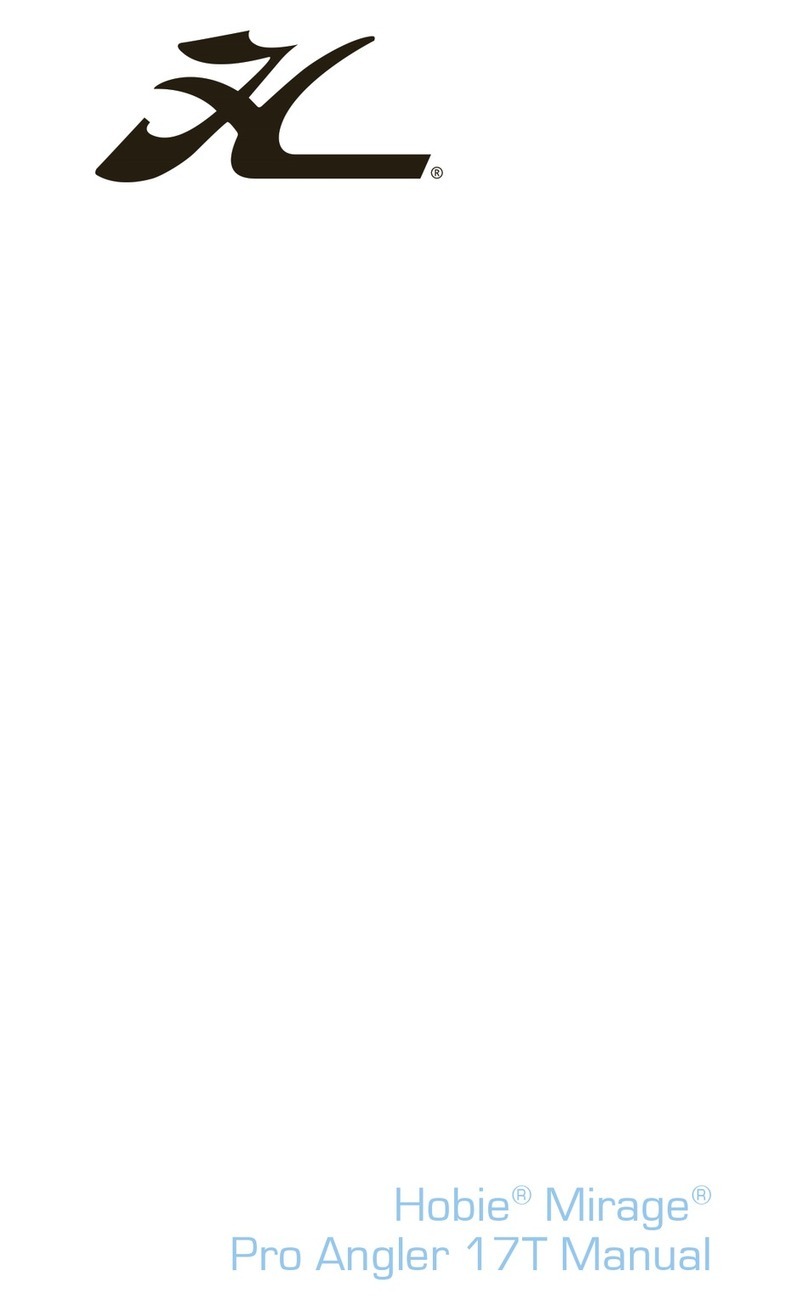
Hobie
Hobie Mirage Pro Angler 17T User manual
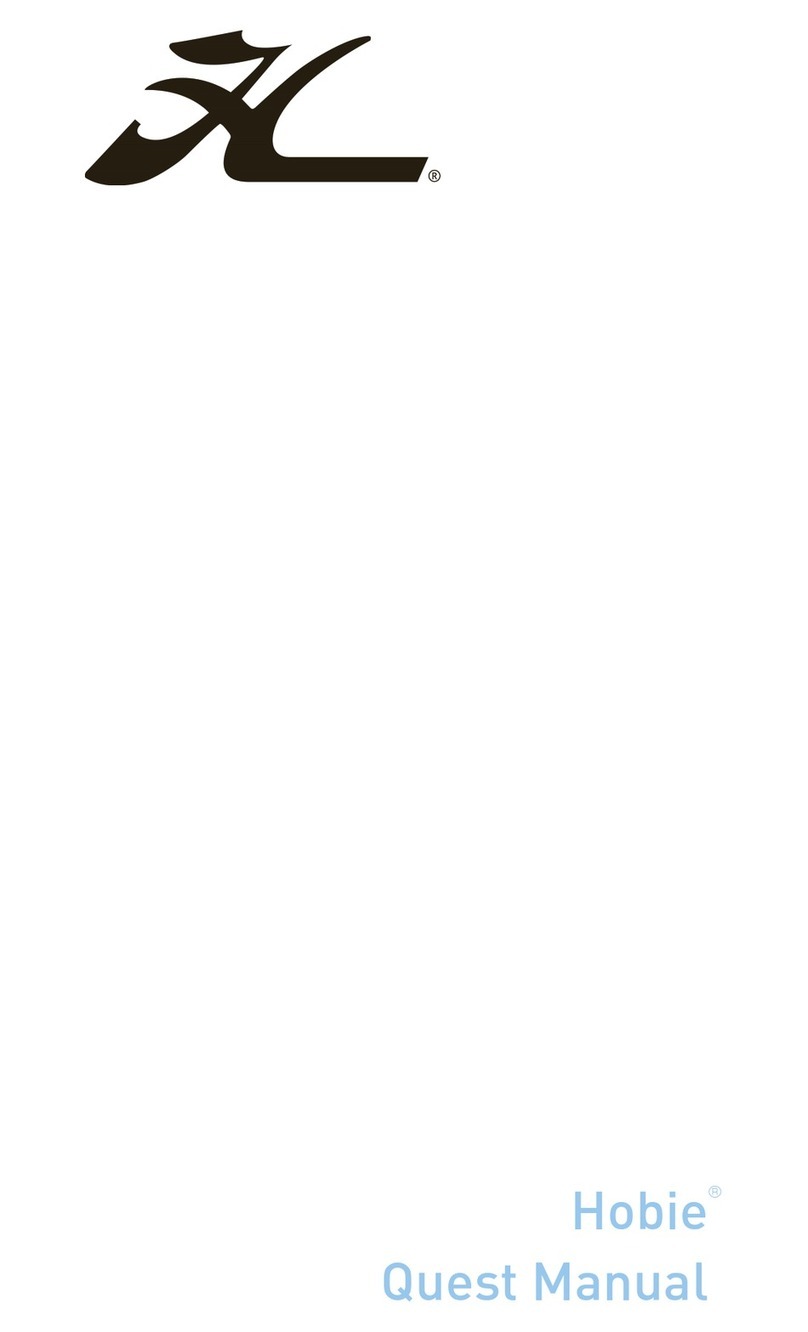
Hobie
Hobie Quest 13 User manual

Hobie
Hobie 17 Manual
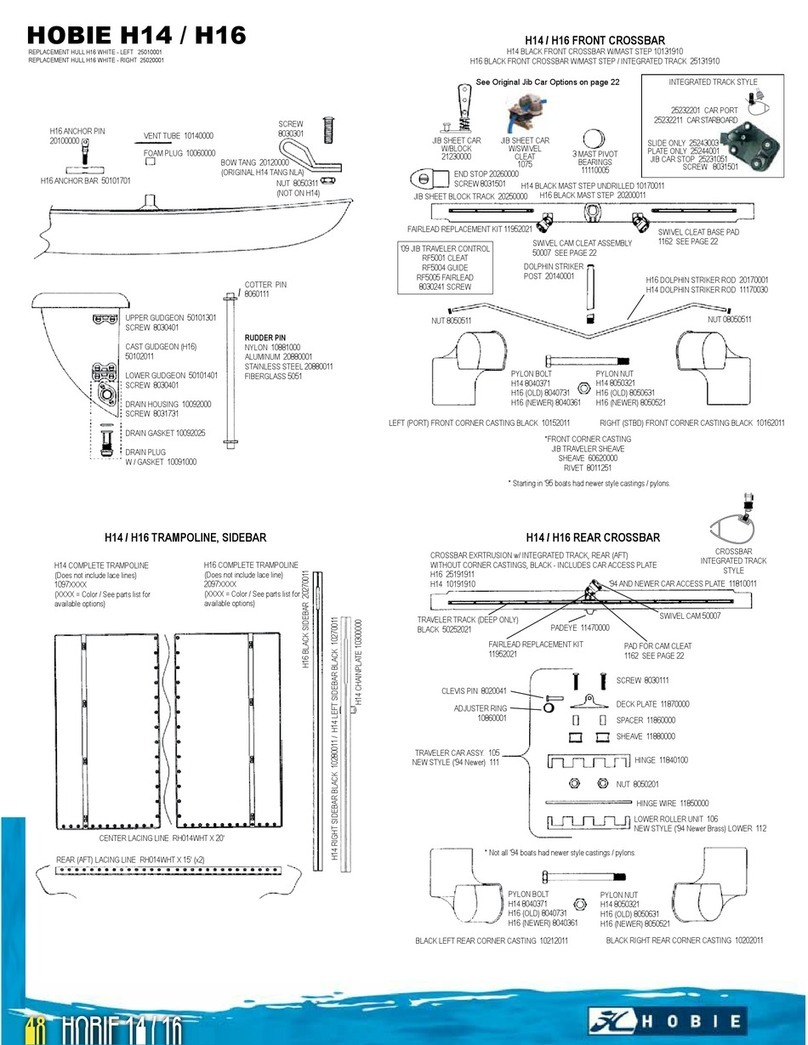
Hobie
Hobie H14 User manual
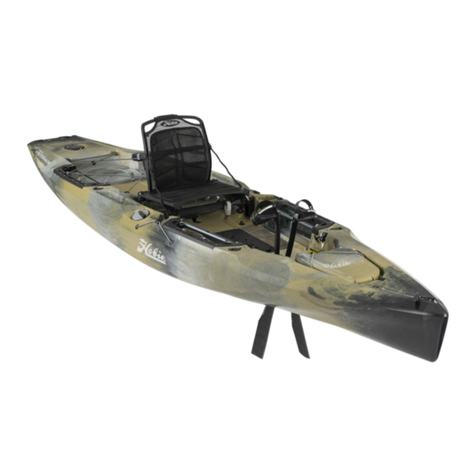
Hobie
Hobie Mirage Outback User manual
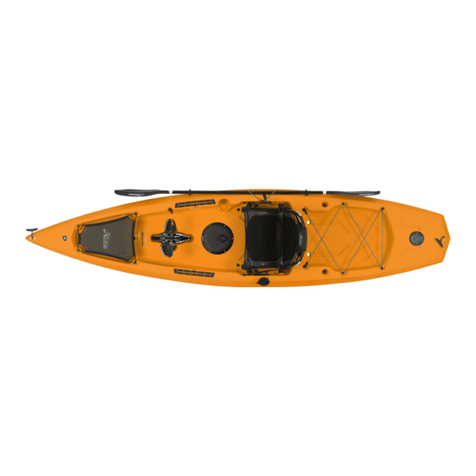
Hobie
Hobie Mirage Compass User manual

Hobie
Hobie Getaway User manual
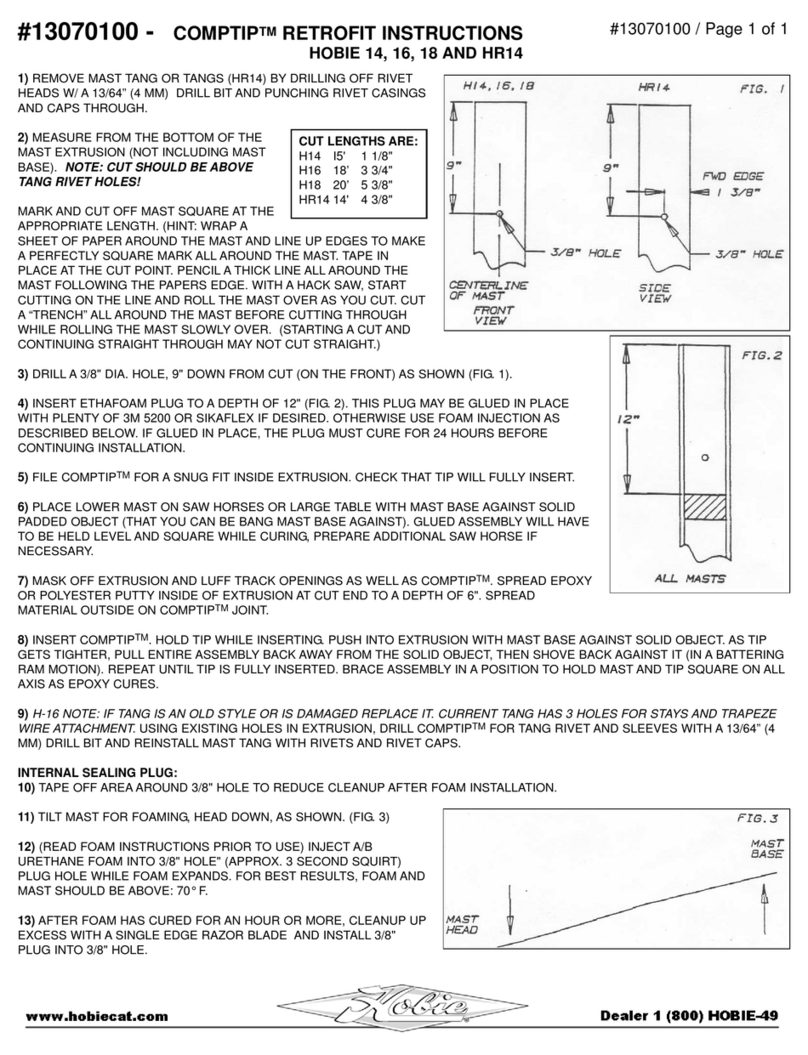
Hobie
Hobie 14 User manual
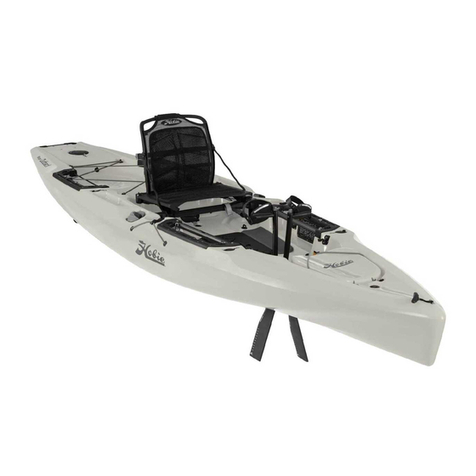
Hobie
Hobie kayak User manual

Hobie
Hobie SPORT CRUISER 21 User manual
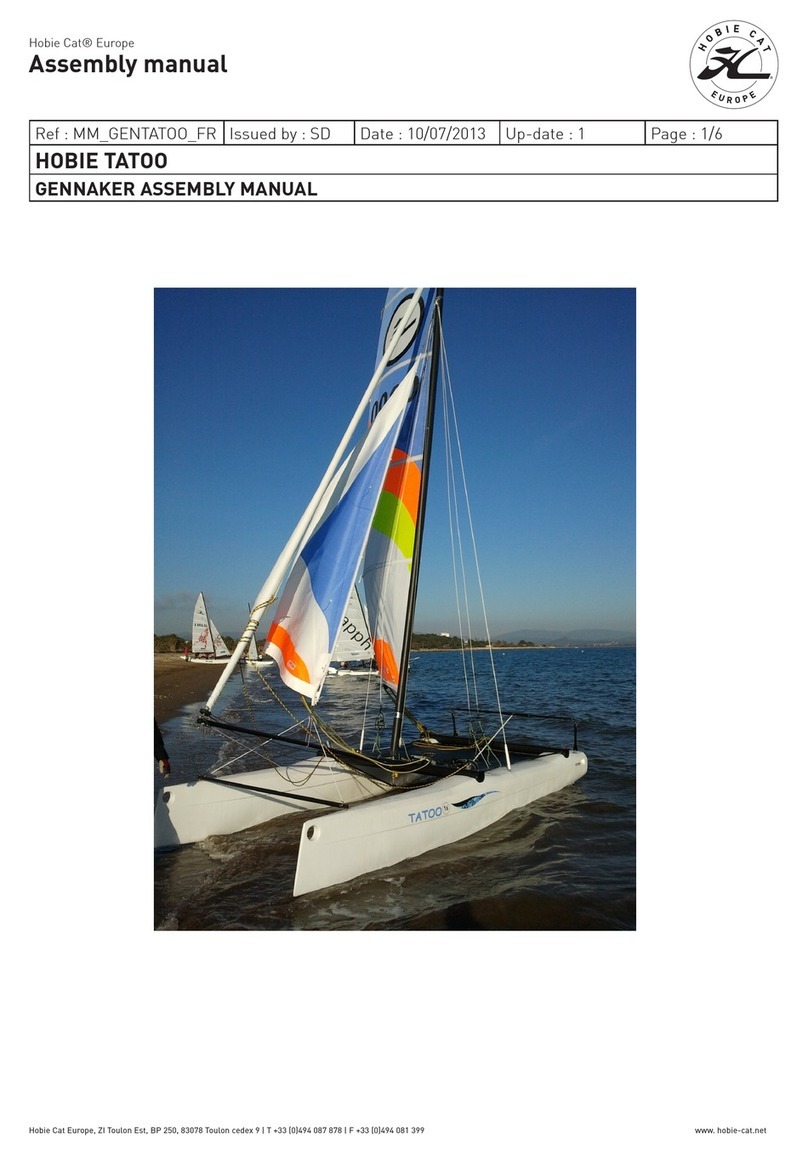
Hobie
Hobie TATOO User manual
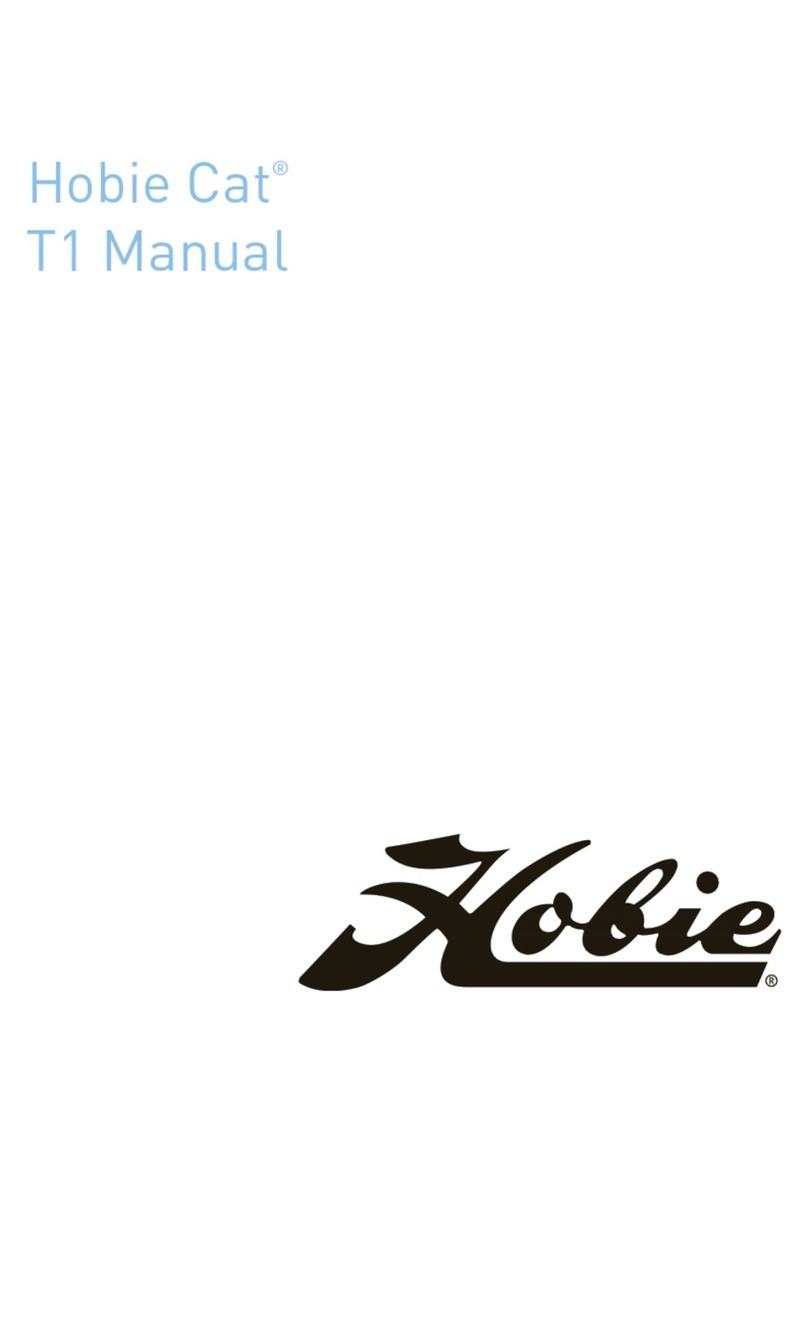
Hobie
Hobie T1 User manual
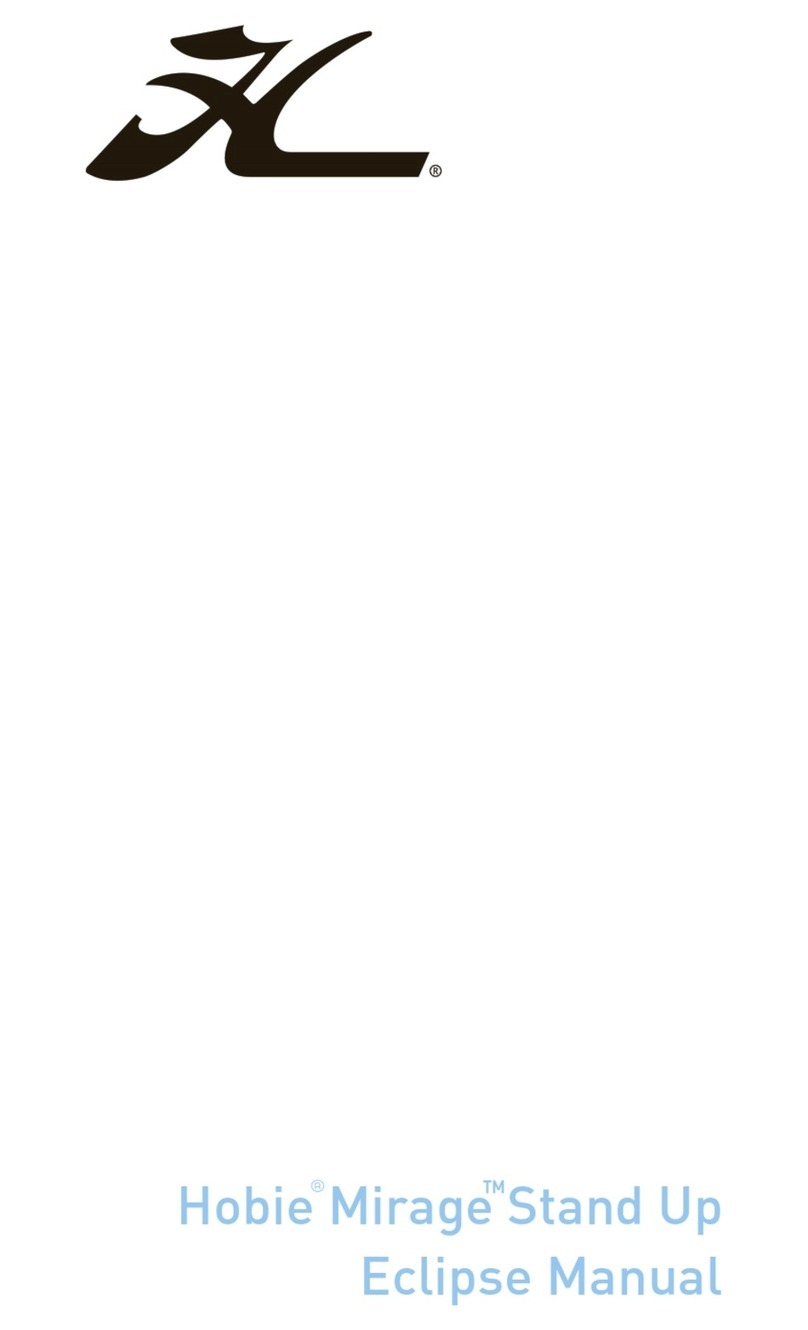
Hobie
Hobie Mirage Eclipse 10.5 User manual
Popular Boat manuals by other brands

Jeanneau
Jeanneau SUN ODYSSEY 41 DS owner's manual

Meridian
Meridian 490 Pilothouse owner's manual

Advanced Elements
Advanced Elements AdvancedFrame Expedition AE1009 owner's manual

Robo Marine Indonesia
Robo Marine Indonesia GEOMAR user manual

Swallow Boats
Swallow Boats BayRaider owner's manual

X SHORE
X SHORE EELEX 8000 owner's manual
